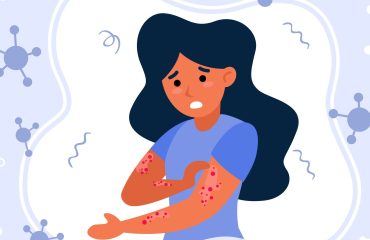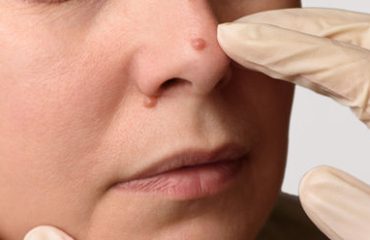Introduction: Atypical dysplastic nevi are abnormal moles that exhibit irregular features and can resemble melanoma. Recognizing their characteristics, potential risks, and appropriate management strategies is crucial for early detection and prevention of skin cancer.
Defining Atypical Dysplastic Nevi: Atypical dysplastic nevi, often referred to as dysplastic moles, are pigmented skin lesions with irregular borders, asymmetry, and variations in color. They may be larger than common moles and have a different appearance, making them potential precursors to melanoma.
Characteristics and Risk Factors: These nevi typically develop in individuals with a genetic predisposition to melanoma or a history of intense sun exposure. They often appear during adolescence or early adulthood and may evolve over time, exhibiting changes in size, shape, or color.
Assessment and Surveillance: Regular skin examinations by a dermatologist are essential for monitoring atypical dysplastic nevi and identifying any concerning changes suggestive of melanoma. Features such as asymmetry, irregular borders, color variation, and diameter exceeding 6 mm should prompt further evaluation.
Management Options: Management of atypical dysplastic nevi may involve close observation, partial biopsy, or complete excision, depending on individual risk factors and lesion characteristics. Surgical removal is often recommended for lesions exhibiting suspicious features or significant changes over time.
Sun Protection and Prevention: Sun protection measures, including wearing protective clothing, applying sunscreen, and seeking shade, are crucial for individuals with atypical dysplastic nevi to reduce the risk of melanoma development. Avoidance of indoor tanning and regular self-examinations are also recommended.
Conclusion: In summary, atypical dysplastic nevi are abnormal moles with irregular features that warrant careful monitoring and appropriate management to mitigate the risk of melanoma. Early detection through regular skin examinations and sun protection measures are essential for maintaining skin health.


